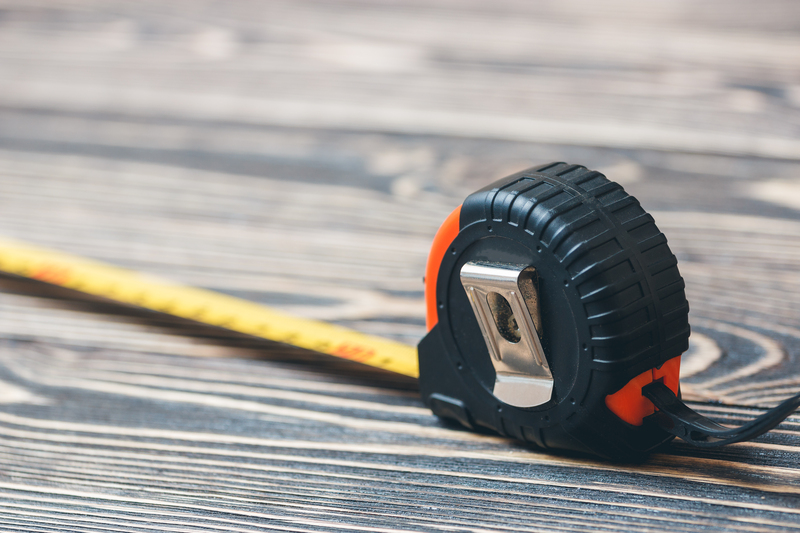How to Design a Portable Garden in Small Spaces
Posted on 16/05/2024
Having a garden is a dream for many, but not everyone has a large outdoor space to make it a reality. However, with the rise of urban living and smaller living spaces, designing a portable garden has become increasingly popular. A portable garden allows you to have the beauty and benefits of a garden without needing a lot of space, making it perfect for those living in apartments or small homes. In this article, we will discuss the steps to design a portable garden in small spaces.
Steps to design a portable garden in small spaces
Step 1: Assess Your Space
Before designing your portable garden, it is important to assess your available space. This will help determine what type of plants you can grow and how much of it can fit in the designated area. Measure the width, length and height of your chosen area to get an accurate idea of how much space you have to work with.
Step 2: Choose Your Plants Wisely
When designing a portable garden, it is essential to choose plants that are suitable for small spaces. Opt for smaller plants or those that can be grown vertically such as herbs, succulents, and small flowers. Make sure to consider the lighting and temperature requirements of the plants before making your selection.
Step 3: Select the Right Containers
Containers play a crucial role in portable gardening as they not only hold the plants but also add aesthetic value to your space. When selecting containers, consider their size, drainage options, and material. For small spaces, hanging baskets and wall-mounted containers are great options as they take up less floor space. Additionally, using containers with wheels makes it easier to move them around for better sunlight exposure or simply rearranging your garden layout.
Step 4: Consider Your Garden's Location
The location of your portable garden will determine its accessibility and overall success. Ideally, you want to place it somewhere that gets plenty of sunlight throughout the day. If your designated space doesn't get much natural light, consider using grow lights to supplement.
Step 5: Utilize Vertical Space
Limited floor space does not mean you have to limit your garden's potential. Utilize vertical space by incorporating hanging planters, wall-mounted containers, or shelving units. This not only maximizes your available space but also adds visual interest to your portable garden.
Step 6: Add Personal Touches
Just because you are designing a portable garden doesn't mean it has to be bland and boring. Inject some personality into your space by adding decorative elements such as fairy lights, small sculptures, or colorful pots. These will not only make your garden more visually appealing but also create a cozy and inviting atmosphere.

Pros of Designing a Portable Garden in Small Spaces:
1. Ideal for those with limited outdoor space such as apartments or small homes.
2. Can be easily moved around for better sunlight exposure or rearranging layout.
3. Low maintenance compared to traditional gardens.
4. Adds aesthetic value to small spaces.
5. Allows people living in urban areas to enjoy the benefits of gardening.

Cons of Designing a Portable Garden in Small Spaces:
1. Limited plant selection due to size constraints.
2. May require supplemental lighting if natural light is limited.
3. Containers may need to be replaced over time as they can become damaged from constant moving or weather conditions.
Tips for Maintaining Your Portable Garden:
1. Regularly check and adjust watering needs depending on the type of plants and climate.
2. Fertilize regularly to ensure healthy growth of plants.
3. Keep an eye out for pests and diseases and address them promptly.
4. Rotate the position of your plants every few weeks for balanced growth.
5. Protect your garden during extreme weather conditions by moving it indoors if possible.
In conclusion, designing a portable garden in small spaces is a great way to bring nature into your home without compromising on valuable indoor living space. By following these steps, you can create a beautiful and functional portable garden that suits your personal style and needs. Remember to carefully choose your plants, containers, and location while adding personal touches to make your portable garden truly unique and enjoyable. With proper maintenance, you can enjoy the beauty and benefits of gardening in even the smallest of spaces.




